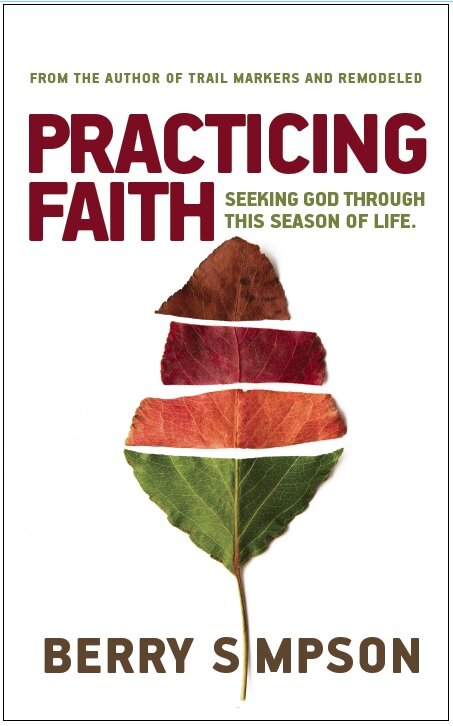Writing Journals
/This is something that seldom happens in my life. The month is almost over, and I only have a handful of journal pages left, which means I can and will start a new journal on the first day of the month, June 1st. I won’t have to leave blank pages stranded and unused forever, and I won’t have to split the month between two books.
I understand that being happy about this makes no sense to most of the people I know, or even people I don’t know who bother to read what I write. But if you spend enough time writing in a journal – in my case, I can’t claim daily (I’m not that good) but at least weekly (usually more than once a week) since 1995 – small things like finishing one at the end of a month is worthy enough to be happy about.
The tools we use regularly matter to us. The reasons we prefer one over the others are usually so subtle they’re invisible to everyone else and make us seem peculiarly choosy about unimportant things. Whether your tool is a journal, or a chef knife, or favorite cookie cutter, yoga mat, hand saw, laptop computer, disinfectant, guitar pick, mobile phone, database software, motorcycle, saxophone, digital tablet, or shoes, the subtlest things can be huge if it’s something you use over and over.
People give me journals all the time, and some of them are expensive and leather bound and chosen specifically for me with love and care. I feel guilty that I don’t use them regularly – I’ve tried all of them for at least a few pages, to give them a fair chance and allow my habits freedom to change – but in every case I return to my favorite. I’m sorry if you gave me one of those cool journals – there is always the possibility I’ll try it again, and who knows, maybe it will become my new favorite. If you want it back, I won’t mind. I’d rather all journals be written in than sit on a shelf.
I started the practice of daily writing under the influence of Natalie Goldberg and Daniel Pinkwater (an unusual pairing, I’ll admit), in 1995.Through the years I’ve experimented with a variety of journals – different sizes, hardback and softback, lined paper or graph paper, thick or thin, and I have a box full of them that I’ve accumulated and tried for a week or two. Many were given as gifts by people who love me. But I settled on a Moleskine Classic, Hardcover, Large (5” x 8.25”) with squared/grid pages, black, 240 pages, in April 2005. I have used those ever since with one exception.
In 2009 I decided to try writing on blank pages (instead of lines or grid) to shake up my graph paper world, to force improvisation and creativity into my writing, and to see if living without boundaries would open my mind to new paths of thought. I don’t know if it worked. I doubt anyone can tell a difference between what I wrote during my free-range period and my gridded days. I only tried it once because Cyndi objected.
She said, “I like it best when you use graph paper.”
“Really – Why would you even care?”
“When you’re standing on the edge, with your blank pages, it makes me want to be cautious. But when you use graph paper, I feel free to be as wild as I want to be. One of us has to stay grounded. I’d rather it was you.”
“I run in the path of Your commands, for You have set my heart free.” Psalm 119:32








